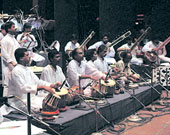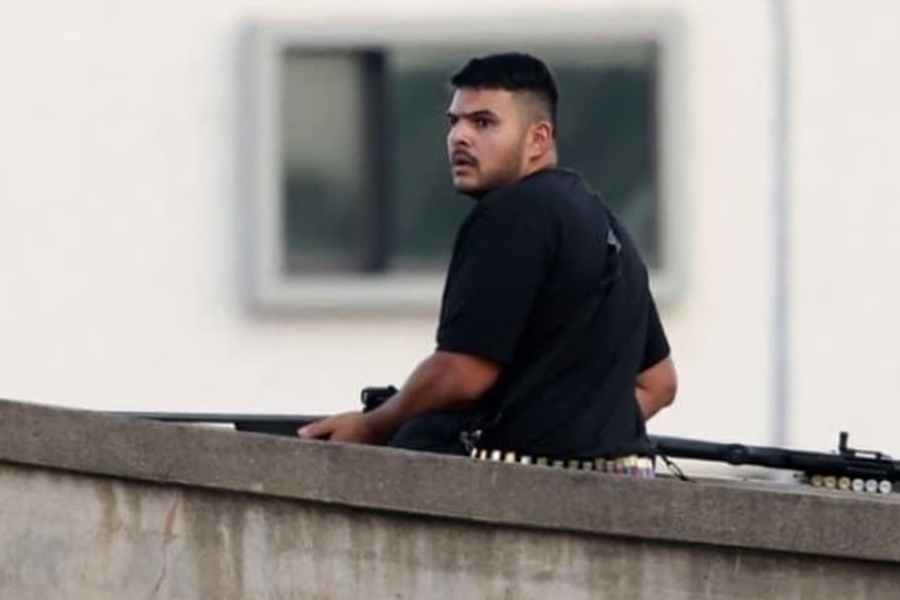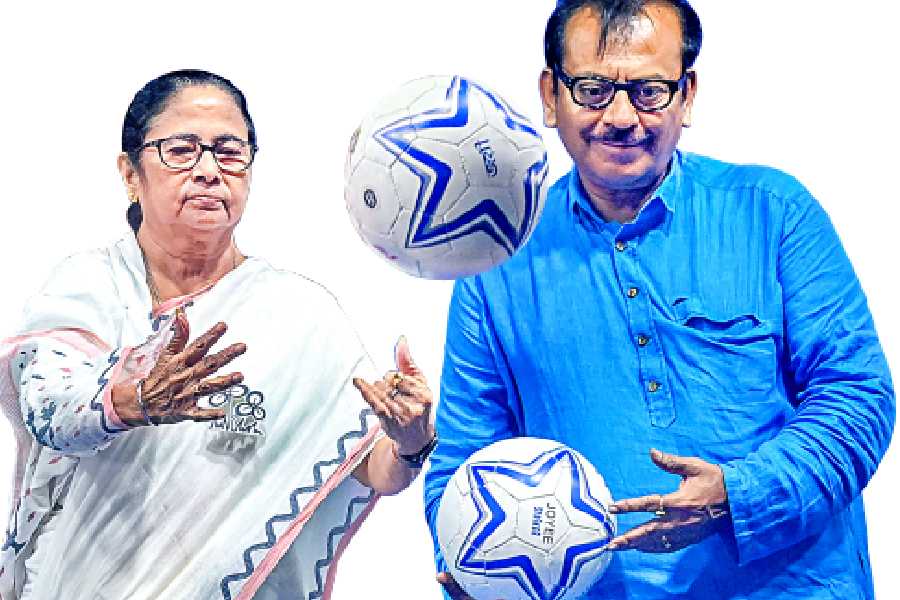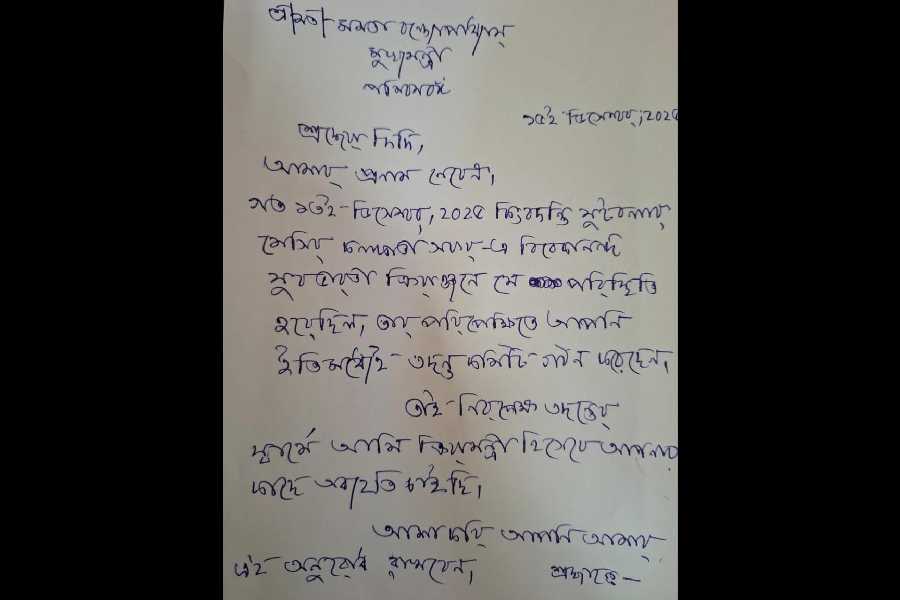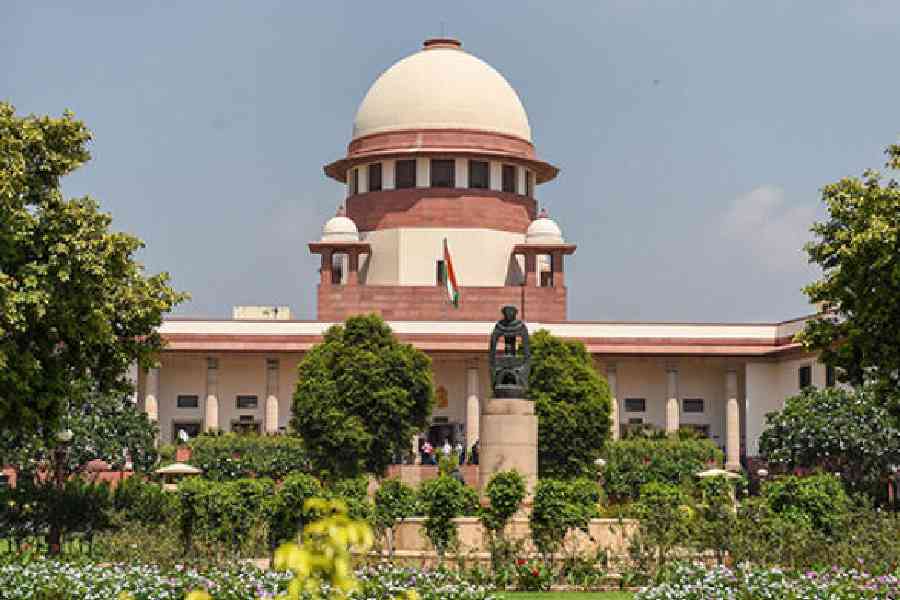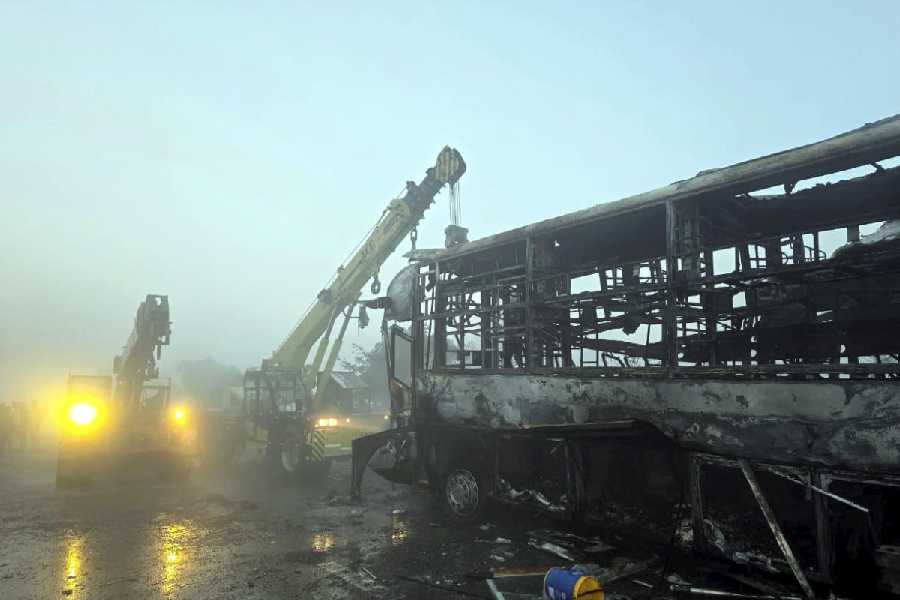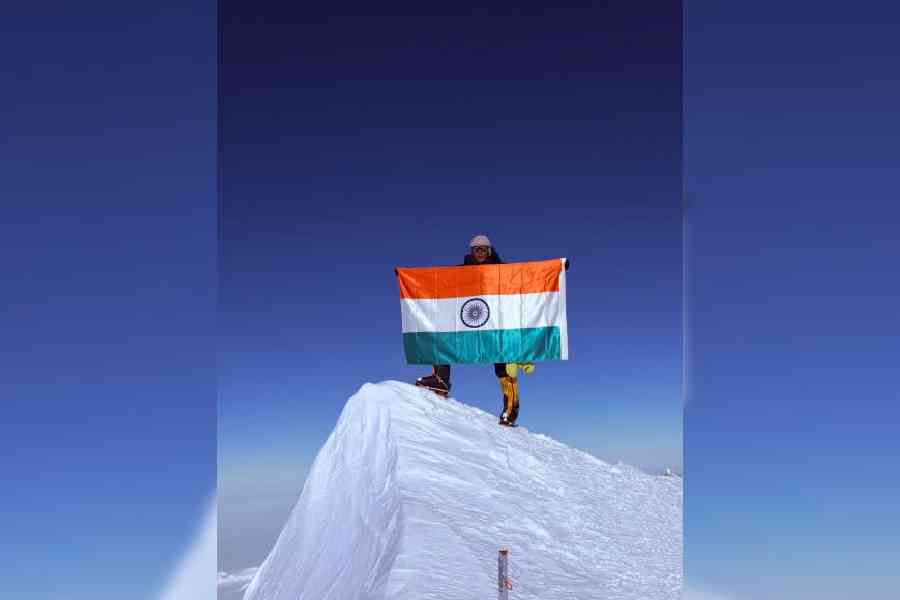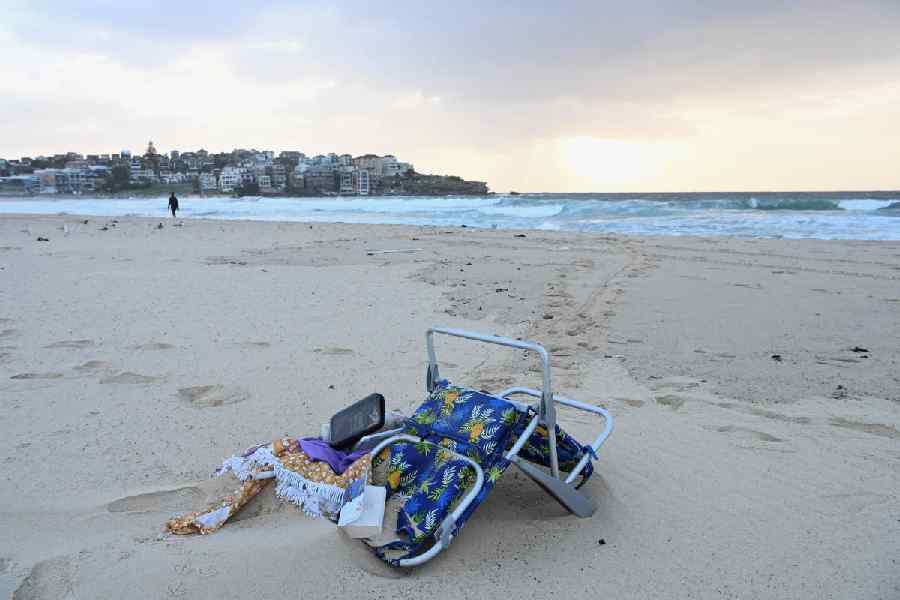 |
| Kadambari Devi |
The mystery that surrounds Tagore’s relationship with sister-in-law Kadambari Devi and, more importantly, wife Mrinalini Devi has attracted biographers as well as researchers over the years. The formal release of a new Bratati Bandyopadhyay album at Sisir Mancha (April 29) saw poets of this generation attempting a negotiation between a reverence towards Tagore and an overwhelming empathy for Mrinalini and Kadambari.
As Nabanita Dev Sen, Krishna Basu, Bithi Chattopadhyay and Mallika Sengupta read out their poems, a certain sign of fissure was noticeable. Shedding all inhibitions, Dev Sen was probing Tagore’s responsibility for his wife’s untimely death. Sengupta made a Petrarchan heroine out of Kadambari while dealing with her blissful days with Tagore and husband Jyotirindranath at Chandernagar. Interestingly, the males came to Tagore’s rescue. Subodh Sarkar’s dramatic interpretation of last hours of Kadambari hinted at adultery. Senior Tagore’s entrepreneurship was held responsible, rather than the advances of his younger brother.
Songs rendered by Srikanto Acharya threatened to muddle the discourse. Is it possible to accept Eso amaar ghare from Shapmochan, composed in his mature years, as a corollary to the argument? A biographical criticism of a poet’s oeuvre has several shortcomings. One needs to resist the temptation of picking an instance of Tagore’s creative output to illustrate his personal life. Romantic triangles may not necessarily be so predictable. This Abritti Parishad programme also featured readings from Joy Goswami’s Sanjhbatir Rupkathara and a presentation on rhymes by children.
Two curtain-raisers to the forthcoming Tagore fortnight threw light on musical influences that shaped Rabindrasangeet. Rabiranjani’s presentation ‘Dhuli-Mati-Sona’ at Rabindra Sadan (May 3) concentrated on folk resources. Although lacking in finesse, the solo and choral numbers were marked by an aura of sincerity.
Dhoibat’s presentation at the same venue (May 4) was far more ambitious. Scripted by Chandrabali Rudra Dutta, it attempted to identify the matrix that gave birth to two distinguished set of compositions — one by Tagore, the other by his predecessors and contemporaries in the 19th century Calcutta.
It is well-known that Tagore took off from the popular musical practice of his time. Dutta alongside Srikanto Acharya showed how. It was illuminating to listen to an Asutosh Dev (Chhatubabu) take on Bihag (Ami ar heriba na kalobaran) and Tagore’s Deep nibe gechhe mama side-by-side.
Dutta did well in rendering the Kamalakanta devotionals and Govinda Adhikari khemta numbers. Acharya was suave but for the moments when he fumbled with the tune and pronounced wrongly.
The evening began with Jagannath and Urmimala Basu presenting an audio-play based on Rabibar, a short story by Tagore.

